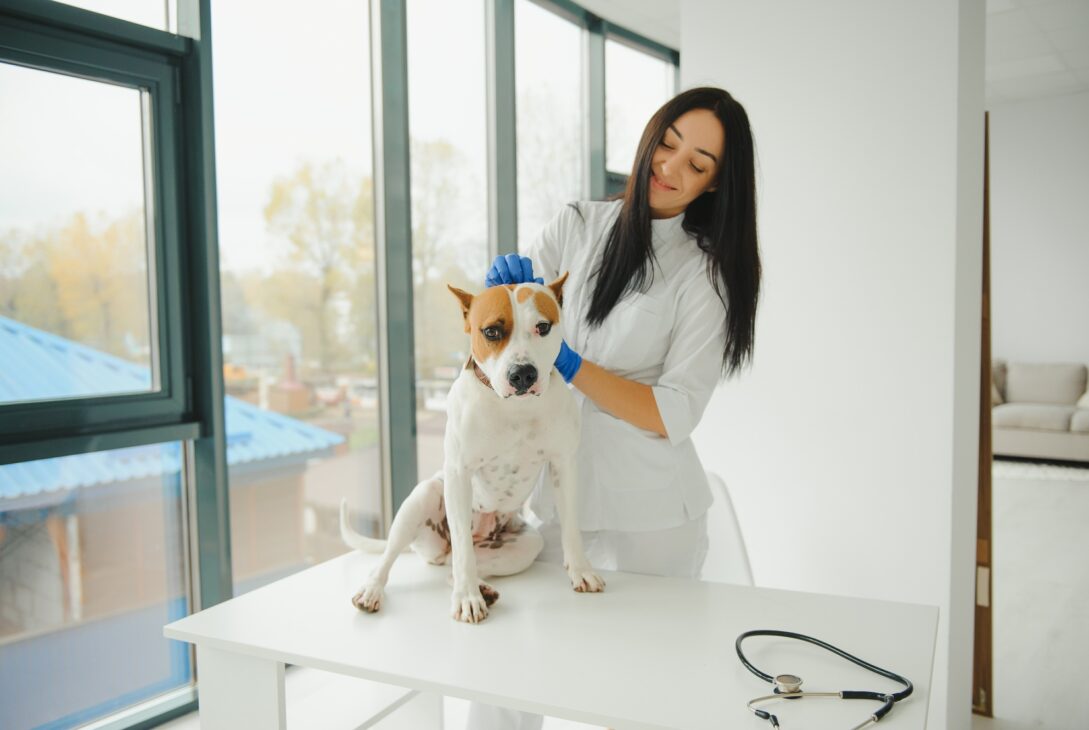When it comes to your dog’s health, the gut is not just a part of the system—it is the system. From shiny coats to sharp minds, playful energy to calm behavior, it all starts with digestion. The gut is more than a food-processing machine. It’s a control center for immunity, emotion, and long-term wellness.
1. What a Healthy Dog Gut Looks Like
Balanced Digestion Means Balanced Living
A healthy gut in dogs is efficient, calm, and consistent. You’ll notice your dog has a good appetite, regular bathroom habits, a playful demeanor, and a coat that shines naturally. Their breath is neutral, their energy doesn’t spike and crash, and they recover quickly from small illnesses or infections.
Digestion influences nearly every system in a dog’s body. When things are running smoothly, your dog’s immune system is supported, inflammation is kept in check, and nutrients are absorbed properly. But when it’s off—even just a little—other systems suffer too.
Not Just Stomach Issues
Many dog owners assume gut health only matters if their pup has diarrhea or throws up. But it’s much broader. Gut imbalance can show up as skin itching, excessive shedding, behavioral mood swings, allergies, chronic ear infections, and even aggression. The gut and brain are deeply connected in dogs, just like in humans. A calm gut can help create a calm dog.
2. The Hidden Signs of Gut Imbalance
Chronic Itching and Skin Problems
If your dog is constantly scratching, licking their paws, or dealing with ear gunk, it’s often misdiagnosed as just a skin allergy. But in many cases, the root cause lies in the gut. When digestion is poor, the body becomes inflamed, and the skin becomes the battleground.
Food sensitivities and leaky gut syndrome are increasingly common in dogs due to overprocessed foods, environmental toxins, and overuse of antibiotics. All these things damage the lining of the gut and allow irritants to pass into the bloodstream—resulting in allergic reactions, inflammation, and discomfort that shows up on the skin.
Bloating, Bad Breath, and Flatulence
These aren’t just unpleasant—they’re red flags. Excessive gas, bloating, or foul breath usually mean the gut microbiome is out of balance. Bad bacteria can take over when your dog eats low-quality food or lacks sufficient probiotics. Over time, these imbalances lead to weakened immunity and poor nutrient absorption.
If your dog regularly burps, passes gas with a strong odor, or has a bloated belly after meals, it’s time to take a deeper look at what they’re eating and how well they’re digesting it.
3. Probiotics, Prebiotics, and Smart Feeding
Understanding the Microbiome
Inside every dog’s gut is a vast ecosystem of bacteria—some good, some bad. The good ones help break down food, absorb nutrients, and fight off harmful pathogens. When this microbiome is in harmony, everything works better. But when it’s disrupted by poor diet, stress, medication, or parasites, trouble begins.
Probiotics help repopulate the gut with healthy bacteria. They can be found in supplements, fermented vegetables (in dog-safe portions), and some high-quality dog foods. Prebiotics, which are fibers that feed good bacteria, are equally important—think pumpkin, sweet potato, and inulin.
Feed the Gut, Not Just the Belly
Feeding your dog isn’t just about calories—it’s about fueling systems. Highly processed kibbles filled with fillers, artificial preservatives, and low-quality protein sources may satisfy hunger, but they don’t feed the microbiome. Whole food diets, raw food (if done properly), and high-quality wet foods are better choices for gut health.
Avoid sudden food changes and table scraps. Instead, focus on consistency, quality ingredients, and natural sources of fiber and enzymes. Consider rotating proteins (like duck, salmon, and lamb) to reduce the risk of sensitivities.
4. The Poop Decoder: What Texture, Smell, and Color Say
The Perfect Poop
Yes, you can tell a lot from your dog’s poop. Healthy stool is firm but not hard, chocolate-brown, with a mild odor. If it’s too soft, too runny, too hard, or smelly enough to make your eyes water—something’s off.
Mucus in the stool, undigested food, or streaks of blood are all signs that the gut is irritated. These are not just cleanup issues—they’re diagnostic clues. Don’t ignore them. Keep track and look for patterns. One off-day isn’t alarming. But consistent irregularity means deeper issues.
Color Codes
- Yellow: Can signal liver or gallbladder issues.
- Black/tarry: May indicate bleeding in the upper GI tract.
- Green: Sometimes due to eating grass, but can also suggest bile issues.
- Grey/clay: Could mean a pancreas problem.
Monitoring stool is one of the simplest and most effective ways to track gut health over time.
5. Healing the Gut: Steps That Actually Work
Start With Simplicity
If your dog’s gut is inflamed, the first step is to simplify their diet. Strip back to one protein, one carb, and low-allergy ingredients. Eliminate chicken, corn, soy, wheat, and dairy for at least two weeks. Use bland but nourishing foods like lean turkey, pumpkin, and bone broth.
Sometimes you’ll see dramatic improvements just by eliminating irritating ingredients. After the gut calms down, slowly reintroduce complexity and watch for reactions.
Add Gut-Friendly Boosters
- Bone Broth: Rich in collagen and easy on digestion
- Pumpkin: High in fiber and soothing for the gut lining
- Slippery Elm Bark: A natural anti-inflammatory for the digestive tract
- Fermented Goat Milk or Kefir (Dog-safe): Packed with probiotics
- Digestive Enzymes: Help dogs break down food properly
Supplements should be introduced slowly and with your vet’s supervision—especially if your dog is on medication or has a sensitive system.
Conclusion
Your dog’s health doesn’t start at the vet—it starts in the gut. By understanding how digestion impacts every part of your dog’s body, you can make smarter choices, notice red flags early, and help your companion live a longer, more vibrant life.

















